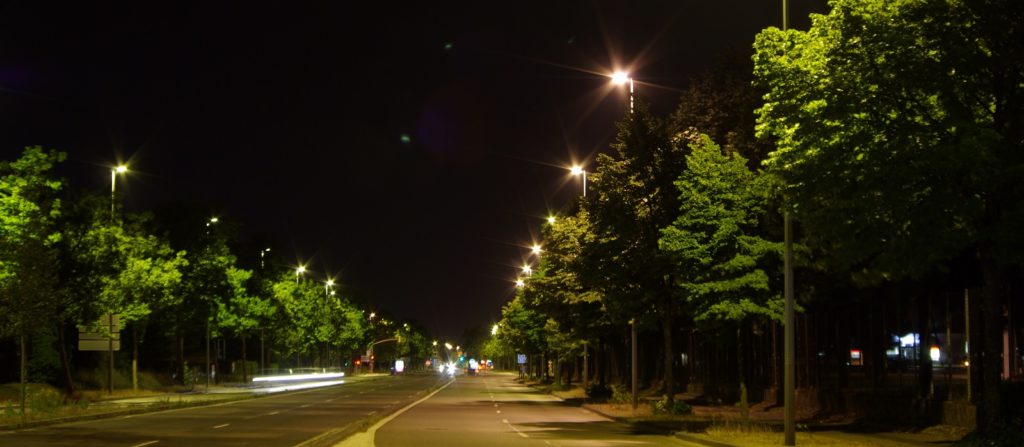
Saint Priest City
Citylone
In 2008, Saint Priest, a city located in southeast Lyon in France, was one of the first urban centers to trust a young start-up company named Citylone, a French-based designer and manufacturer of communicating automatisms for public lighting management. Seven years ago, Citylone provided the city with a system of 88 luminaries, all equipped with magnetic controllers based on the LonWorks® open communicating protocol to manage an urban lighting path. As a result, the city has experienced up to 65 percent decrease in energy consumption.
Challenge: The City’s Need for Public Lighting
The public lighting department of Saint Priest had a very lean staff of two people responsible part-time for the city’s public lighting. Most of the responsibilities had to be outsourced to partner companies Spie Sud Est and Serely. Given the lack of personnel resources, the city knew it needed to discover a new way to modernize its public lighting management system.
Solution: Remote Control Today
Saint-Priest chose to work with Citylone because it had an innovative way to manage the existing lighting solutions around the city and provide new installations. Other factors that made Citylone the right partner were its ease of use and its products high-level efficiency, functionality and experience.
The project was completed in phases. During the first phase, electrical cabinets were equipped with General Packet Radio Service (GPRS) modems. In the second phase, modified a total of 27 cabinets with a TETRA modem (during deployment of a TETRA network in the city, based on an open standard developed by the European Telecommunications Standards Institute). In the near future, two new cabinets, connected by optic fibre, will be deployed.
To date, the city has installed 27 electrical cabinets in remote control solutions. This accounts for more than 1000 lighting points equipped with Citylone lighting points controllers (or others). This also represents nearly one-eighth of the total luminaries in the city. Amongst all the luminaries of St Priest, for example, there are 1000 points maintained by the city, including luminaries used for setting up lights at monuments and sporting events, none of which are controlled remotely).
The dimming of luminaries depends on the location of lighting points. Over the last seven years, different scenarios have been tested. Today, except for exceptional cases, dimming is at 50 percent between 9 p.m. and 5 a.m., with no complaints recorded from citizens about a lack of lighting. This seems to be the right percentage to meet the needs of residents and maximize energy savings.
Energy savings calculated in 2013 range between 15 percent and 65 percent compared to previous consumptions (according to the type of dimming and lamp installed, compared to previous ones).
Citylone’s Products Benefits and Future
Previously, the city uses only the function of energy savings of Citylone’s controllers; now that the city is more experience and can monitored easily energy savings, they now implement the functionalities of maintenance management thanks to Control Management System.
Now, with a large part of the luminaries equipped (and new areas coming), the public lighting department is working on installing remote control solutions for maintenance management to increase savings.
According to Hervé Buriand, who is in charge of public lighting for St Priest, the “products are easy to install.” However, even if external installers have any difficulties with the installation, the department staff have been trained to manage programming and modification themselves, when needed.
So what does the future hold for the City of Saint-Priest’s public lighting systems?
• Deploying Citylone lighting point controllers and remote control solutions on new installations • Using modern communication solutions such as optic fibre when possible
• Discovering new ways of managing areas with diverse problems such as detection for pedestrian areas and use of radio bridges
In summary, the city will look to Citylone to keep up to date with the latest innovations in modern public lighting management. Citylone’s leitmotiv!



